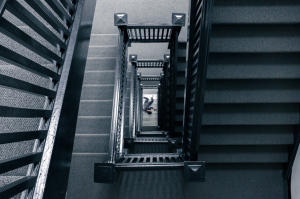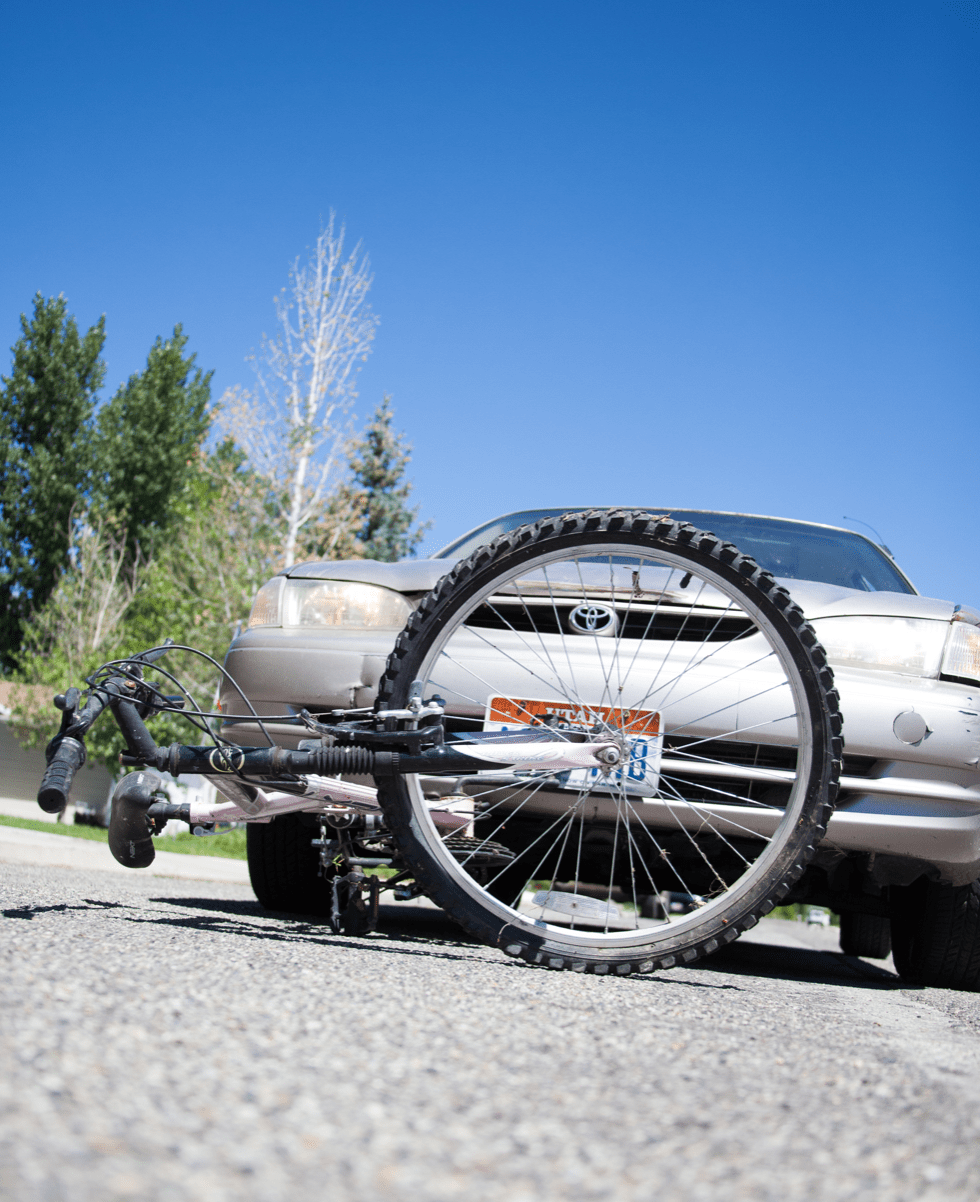Understanding the legal definition of an accident is crucial in determining liability and seeking appropriate compensation for the injured party.
Accident victims are legally protected to ensure fair compensation for their injuries. These protections include the right to seek damages for medical expenses, lost wages, and pain and suffering.
Additionally, victims have the right to legal representation to navigate the complexities of personal injury claims. Skilled, experienced, and reputable accident and personal injury lawyers can provide invaluable support in pursuing the full extent of compensation available under the law.
What Constitutes an Accident in Law?
In law, an accident is an unforeseen and unintended event resulting in harm or injury to a person. It is characterized by its sudden and unexpected nature, often involving negligence or wrongful conduct by another party.
Accidents can encompass a wide range of incidents, including car collisions, slip and falls, and workplace injuries. Understanding the legal definition of an accident is crucial in determining liability and seeking appropriate compensation for the injured party.
Legal Principles Governing Accident Claims
Below are 9 legal principles that govern personal injury claims:
Negligence
One of the fundamental legal principles governing accident claims is negligence. This principle holds that individuals have a duty to exercise reasonable care to avoid causing harm to others. When this duty is breached, and it results in an injury, the negligent party may be held liable for damages.
Causation
Causation establishes the link between the negligent conduct and the resulting injury. It requires demonstrating that the negligent actions directly caused the harm suffered by the victim.
Assumption of Risk
This principle acknowledges that individuals may assume certain risks when engaging in certain activities. However, it does not absolve others from their duty to exercise reasonable care to prevent foreseeable harm.
Strict Liability
In some cases, certain activities or products may impose strict liability, meaning that the responsible party can be held liable for resulting injuries regardless of fault or negligence.
Statute of Limitations
Accident claims are subject to a statute of limitations, which sets a time limit within which a lawsuit must be filed. Failing to file within this timeframe may result in the loss of the right to seek compensation.
Comparative Negligence
Some jurisdictions follow the principle of comparative negligence, which allows for the allocation of fault between parties involved in an accident. The compensation awarded is then adjusted based on the degree of fault assigned to each party.
Intervening Cause
This principle addresses situations where an unforeseen event occurs after the initial negligent act, potentially impacting the liability of the responsible party.
Pre-existing Conditions
When an accident exacerbates a pre-existing condition, legal principles dictate that the responsible party may still be held liable for the worsening of the condition.
Damages
Legal principles governing accident claims recognize various types of damages, including economic (such as medical expenses and lost wages) and non-economic (such as pain and suffering), which may be sought by the injured party.
Common Types of Personal Injuries
Here are five common types of personal injuries:
Motor Vehicle Accidents
Motor vehicle accidents can lead to a range of injuries, including whiplash, broken bones, and head trauma. They often result from the force of impact during collisions and can have long-term effects on an individual’s health and well-being.
Slip and Fall Incidents

Slip and fall incidents frequently cause injuries such as sprains, fractures, and concussions. These accidents occur when you lose footing due to hazardous conditions, such as wet floors or uneven surfaces.
Workplace Accidents
Workplace accidents can result in a variety of injuries, including cuts, burns, and repetitive strain injuries. These injuries often occur in industrial, construction, or manufacturing settings and may require medical attention and time off work for recovery.
Medical Malpractice
Medical malpractice can lead to severe harm, including:
- Misdiagnosis
- Surgical errors, and
- Medication mistakes.
These injuries can have a profound impact on a patient’s health and may necessitate legal action to seek compensation.
Product Liability Injuries
Product liability injuries occur when defective products cause harm, leading to injuries such as burns, lacerations, and poisoning. These injuries highlight the importance of product safety and consumer protection.
Alternative Dispute Resolutions in Personal Injury Cases
In personal injury cases, several alternative dispute resolution (ADR) methods offer alternatives to traditional litigation, including:
Mediation
This option involves a neutral third party facilitating negotiations between the parties to reach a mutually acceptable settlement.
Arbitration
This ADR option entails a neutral arbitrator making a binding decision after considering evidence and arguments from both sides.
Negotiations
Negotiations allow the parties to discuss and settle the dispute directly, often with legal representation.
Collaborative Law
Collaborative Law involves a cooperative approach, with both parties and their lawyers working together to find a resolution.
If you’ve been involved in an accident that wasn’t your fault, you may be eligible for compensation. An experienced lawyer can ensure you get the justice and compensation you deserve.


Join the conversation!